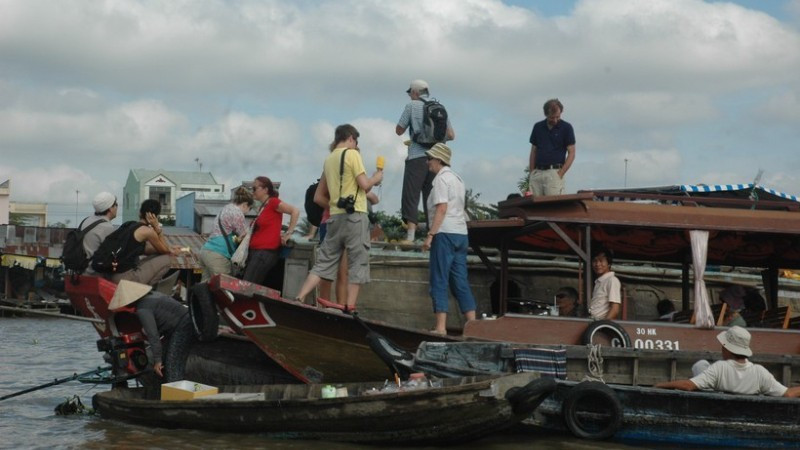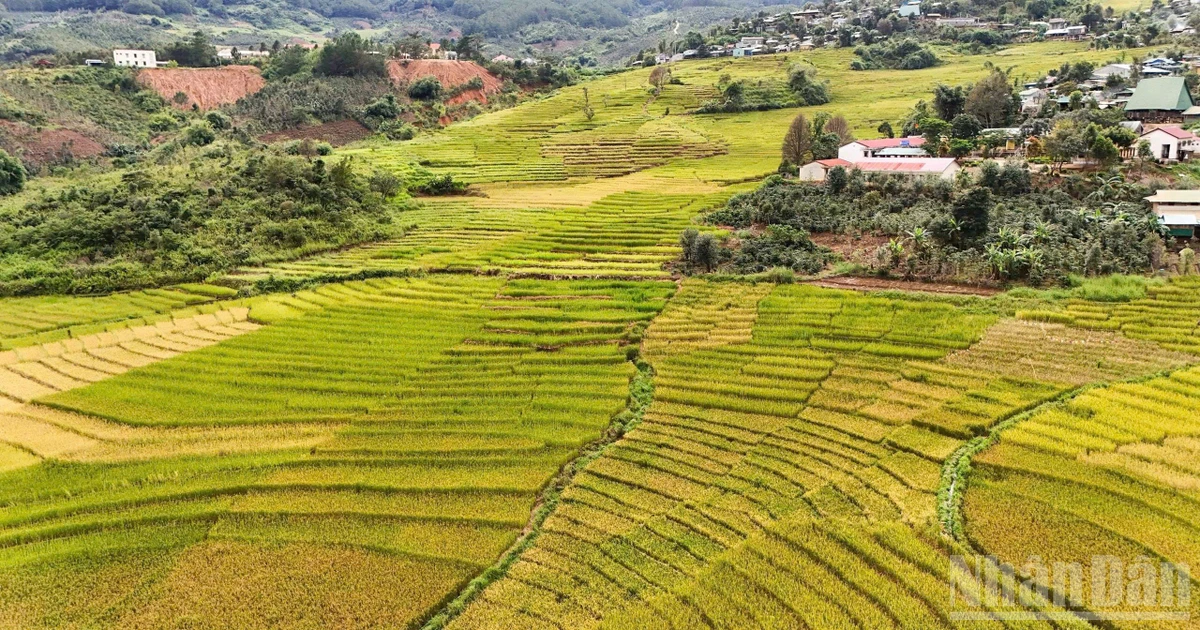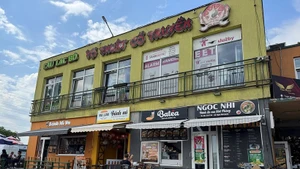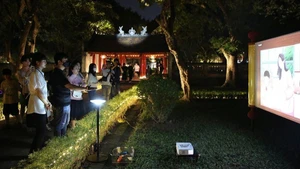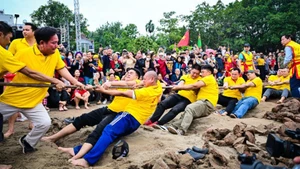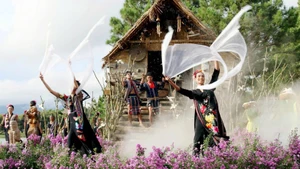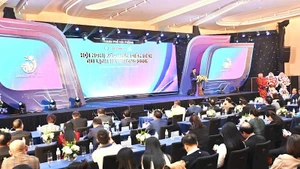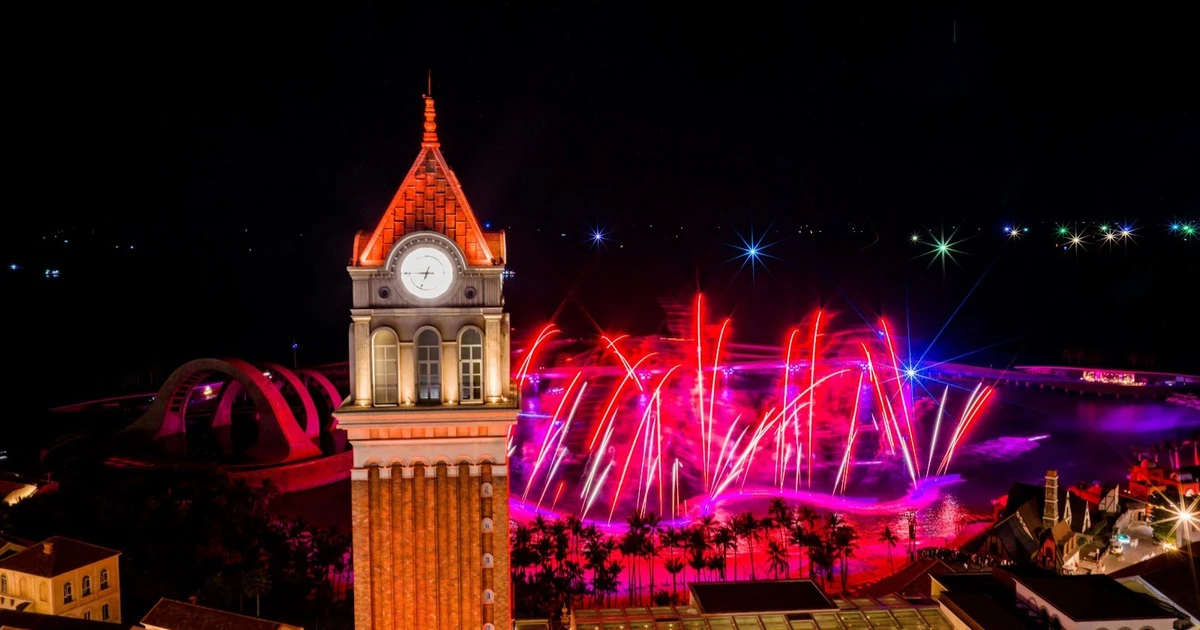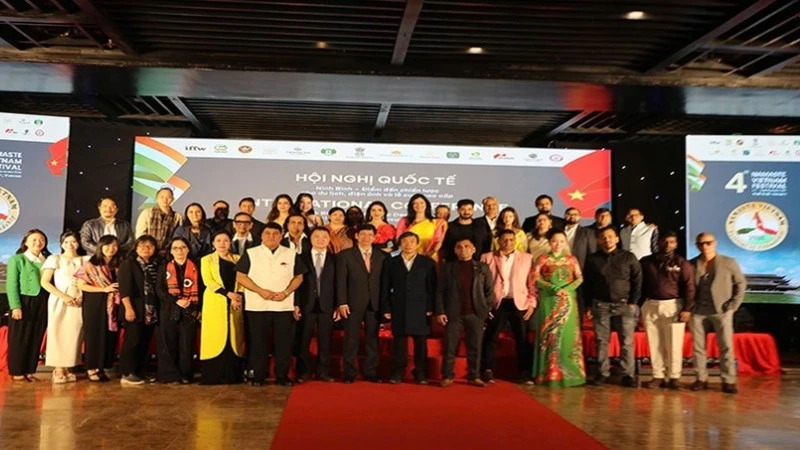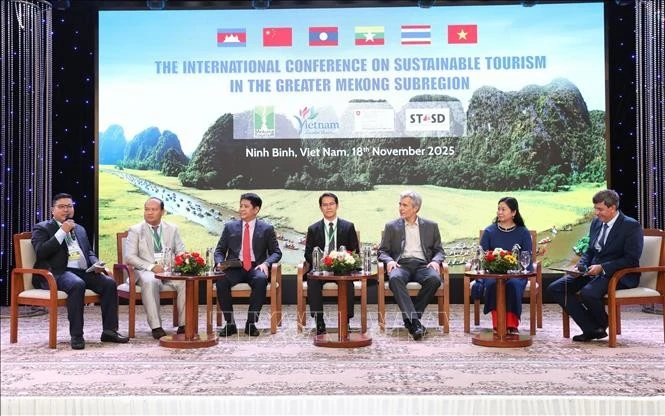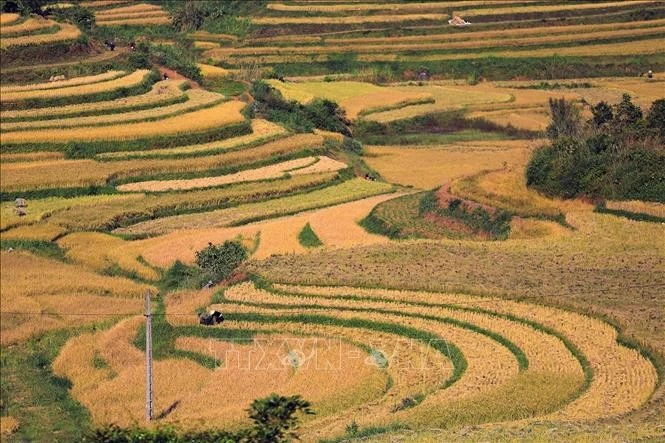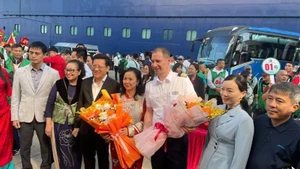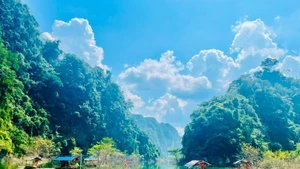The distinctive cultural features of the Khmer and Chinese communities further enhance the diversity, richness, and appeal of the city’s cultural and spiritual tourism.
Recently, tourism and travel companies have conducted many surveys to assess and re-evaluate Can Tho’s tourism resources and products. These evaluations aim to uphold strengths and address weaknesses in tourism sectors in sub-regions, as well as to maximise diversity, combine destinations, and design tour routes suited to the new Can Tho City. Many ideas of new tourism product development have been formed. Instead of standalone tours such as visits to floating markets, Son Islet, or fruit gardens, travel businesses are now combining riverine urban experiences with ecological, coastal, and spiritual tourism. The city authorities are gradually upgrading tourism infrastructure and completing transport routes not only by road but also by river and sea, creating opportunities for smoother connections among tourist areas.
With its existing advantages, Can Tho has conditions to become the tourism hub of the Mekong Delta. However, according to many experts, fully harnessing the city’s diversity and linking different destinations to build attractive tours still requires substantial effort. The greatest challenge is connectivity infrastructure. At present, many roads leading to eco-tourism areas such as Lung Ngoc Hoang, Tran De Estuary, and mangrove forests are narrow and difficult to access, causing long travel times. River transport has not been effectively exploited and lacks inter-regional waterway tour routes.
Moreover, tourism products in Can Tho have not created distinctiveness or novelty. For years, the city has relied mainly on its traditional river and orchard-based tourism, while newer types — such as forest, coastal, or cultural tourism — have not received adequate investment. Tourism human resources remain a persistent weakness, making it difficult to operate diverse tour routes that require guides with strong skills and in-depth knowledge of geography, history, and culture. The city’s tourism promotion efforts also need a more strategic approach to position Can Tho as a diverse destination after the merger.
To build a new and appealing tourism brand, Can Tho must implement a range of synchronous solutions. Inter-regional transport infrastructure, particularly routes to key tourist attractions, should receive greater investment. The city needs to build a comprehensive tourism map, identifying important areas and main products while avoiding overlapping exploitation. Strengthening coordination mechanisms among agencies and businesses is essential to align infrastructure, services, and marketing to ensure the effective utilisation of the city’s diverse resources. Attention should also be paid to training and improving the professional skills and knowledge of tourism personnel.
The local authorities should introduce mechanisms encouraging local people to participate in developing experiential tourism models. Above all, tourism development must go hand in hand with environmental preservation and local cultural heritage conservation. Businesses should be encouraged to invest responsibly and limit projects that disrupt natural ecosystems. Only by doing so will Can Tho ensure the long-term sustainability of its diverse tourism resources.
